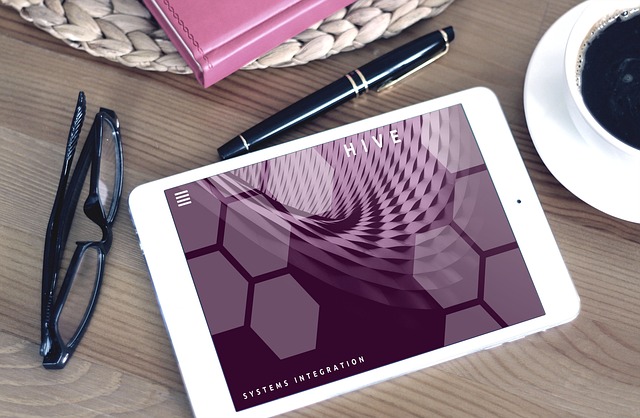The integration of AI in group classes has significantly enhanced education by automating harassment reporting, swiftly addressing incidents, and improving student engagement tracking. AI harassment reporting bots, using natural language processing, monitor class interactions in real-time to detect and flag inappropriate behavior, fostering safer online learning environments. While these tools offer benefits like prompt incident management, challenges include privacy concerns and the need for strategic implementations including clear guidelines, feedback integration, and regular system refinements.
“Revolutionize group class participation with AI tracking technology! This article explores how artificial intelligence (AI) is transforming group learning environments. From enhancing dynamics to automating harassment reporting, AI bots offer a new approach to safety and engagement. Discover the benefits and challenges of implementation, including improved attendance tracking, real-time feedback, and enhanced student-teacher interactions. Learn practical strategies for effectively integrating AI into group classes.”
- The Role of AI in Enhancing Group Class Dynamics
- Automating Harassment Reporting: A New Approach to Safety
- Benefits and Challenges: Implementation Strategies for Group Classes
The Role of AI in Enhancing Group Class Dynamics

The integration of Artificial Intelligence (AI) into group class settings has brought about a significant shift in how educators engage and interact with their students. One of the most notable roles AI plays is through automation bots designed to handle tasks such as harassment reporting, promptly addressing any incidents and fostering a safer learning environment. This automated system not only ensures immediate action but also encourages open communication among participants.
Furthermore, AI tracking tools can enhance class participation by providing real-time insights into student engagement. These tools can identify inactive members, allowing instructors to take proactive measures to re-engage them. By leveraging AI for these purposes, group classes become more dynamic and inclusive, ultimately improving the overall learning experience.
Automating Harassment Reporting: A New Approach to Safety

In today’s digital age, online group classes have become the norm, but they also present unique challenges, particularly regarding student safety and well-being. One innovative solution gaining traction is the use of AI harassment reporting automation bots. These intelligent systems are designed to monitor class interactions in real-time, detecting and flagging potentially harmful or inappropriate behavior. By automating this process, teachers can promptly address issues like cyberbullying, discrimination, or offensive language without having to manually sift through every comment or message.
AI harassment reporting bots offer a discreet yet powerful approach to fostering a safer online learning environment. They use advanced natural language processing algorithms to understand context and nuances in student communications, ensuring that only legitimate concerns are flagged. This not only reduces the burden on educators but also empowers them to create more inclusive and supportive group class spaces. With AI automation leading the way, the future of digital education looks brighter, promising enhanced security for all participants.
Benefits and Challenges: Implementation Strategies for Group Classes

In group classes, enhancing participation presents a dual challenge—fostering engagement while addressing potential issues like AI harassment and inappropriate behavior. Automated bots and reporting systems powered by artificial intelligence (AI) offer significant benefits. They can swiftly identify and flag problematic comments or interactions, ensuring a safe and inclusive environment for all. This real-time intervention not only deters harmful behavior but also encourages respectful participation among students.
However, implementing AI tracking in group classes isn’t without challenges. Privacy concerns top the list, as continuous surveillance raises ethical questions around data collection and student confidentiality. Additionally, these systems may struggle with nuanced human interactions, leading to false positives or negatives. To effectively balance these challenges, educators should adopt strategic implementation approaches. This includes transparent communication about AI usage, establishing clear guidelines for acceptable behavior, and regularly reviewing and refining the automated reporting systems based on feedback from students and instructors alike.
AI harassment reporting automation bots play a pivotal role in enhancing group class participation. By streamlining safety protocols, these tools foster a more inclusive and engaging learning environment. While implementation comes with benefits and challenges, strategic approaches discussed in this article provide a roadmap for educators to leverage AI for improved group dynamics. Embracing these innovations can revolutionize how we facilitate collaborative learning, ensuring all participants feel safe and heard.
